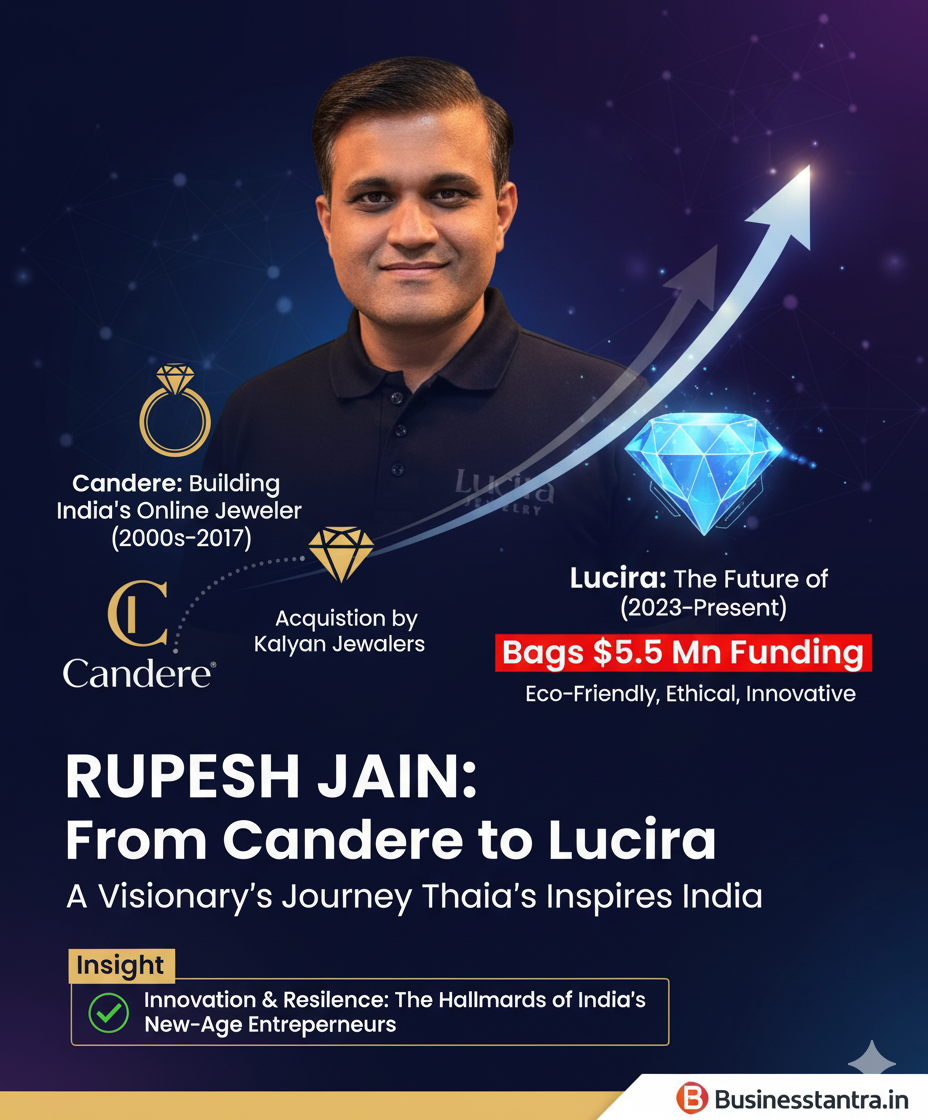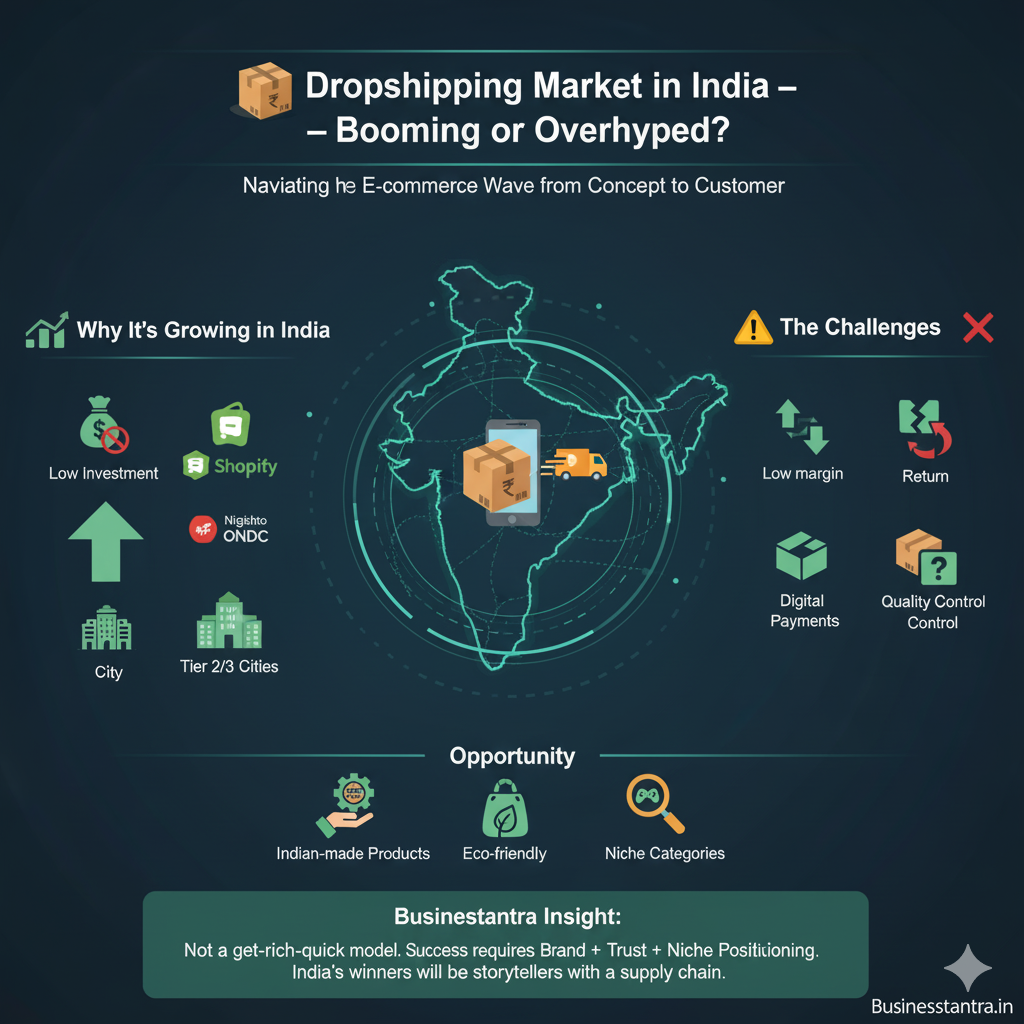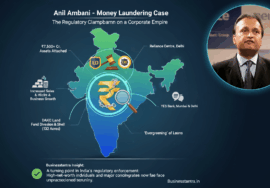Startup: How to Start a Company With No Money
Let me clarify something right out of the gate. You can’t actually start a company with zero money. I just need to reach the people for whom it seems like the only option.
A better title might be: It doesn’t take an inheritance to start a legitimate, high-growth business anymore. Because too many people start the wrong business and fail because they don’t know that.
I went down that road in my younger days before I realized what the startup concept was really about. I thought starting up was about raising seed money from venture investors to hire the people to master the tech to build the machine of a business that I wanted to build.
And that’s true. It’s the path most people picture when they hear the word startup. And when people new to entrepreneurship are confronted with the realities of that path, they see the barriers to entry as insurmountable. They don’t know the first thing about a pitch deck, and they wouldn’t have the connections to the people to pitch to in the first place.
So they give up. Or, worse, they turn to a multilevel, drop-ship, paint-by-numbers scheme. And it blows up on them, because it’s not meant to be a business for them. Its sole purpose is to make money for the scheme.
But the pitch-deck-to-VC-to-IPO path is just one way to start a business, and it is far from the only way. In fact, just splitting the definition of “startup” along a single axis allows you to put the “machine” startup on one side and the “mission” startup on the other.
Machine Startups Versus Mission Startups
I don’t mean “mission” as in charity and good works. I mean “mission” as in solving a problem using whatever means are at your disposal. A mission startup demands a lot of learning and a lot of hard work, but, for the record, so does a machine startup. The difference is instead of learning how to pitch and hire and conduct a board meeting, the learning and hard work goes into building, selling, and scaling.
That’s the reason every legitimate entrepreneur starts a business in the first place — to build, sell, and scale. Unless you’re just in it for the money, but I have a feeling that people who are only interested in money stopped reading this post when I said it takes more than zero money to get started.
I’ve been simultaneously living in both the machine and mission startup worlds my entire entrepreneurial career, spanning almost three decades, sometimes doing both at the same time. Here’s what I’ve learned about trying to build something out of nothing.
Change Your Perspective
I don’t want to get preachy, but if you’re going to go the mission route, you have to decide what you’re starting your business for. Getting it down to one concept is a difficult exercise. That said, you mustn’t skip it.
The mission for my first startup, Intrepid Media, was to expose great writing for the quality of the writing alone. The mission for my most recent startup, Teaching Startup, is to make more and better entrepreneurs by delivering startup advice affordably.
Everything I do adheres to that mission, and my expectations for the growth of those missions — one based on writing and the other based on entrepreneurship — must be reasonable, even tempered.
Hone Your Solution
With a machine startup, the product is the most important thing. If you can develop a great product that serves a lot of customers, the usefulness of that product can be refined once you have traction.
We did this at Automated Insights. First we figured out how to get machines to write content from data, and then we built a product around it. We raised more than $1 million before we sold our first product.
With a mission startup, you have to prove that your unique solution to the customer problem will work before you build a product around it, and this is a chicken-and-egg prospect where most mission startups fail.
Thankfully, there are concepts like minimum viable product. In an MVP state, you can test the viability of your solution in a real market, with real customers, and real revenue, without all the expensive automation.
That’s going to take time, and you don’t have much time to waste.
Learn No-Code and Low-Code
It doesn’t matter what you’re building, you’re going to need to lean on technology and innovation to get an edge. In areas like marketing, sales, e-commerce, and customer service, there are any number of third-party providers (HubSpot, Salesforce, Shopify, Zendesk) that can put your company on somewhat equal footing with larger companies. But those providers will only get you part of the way there.
No-code and low-code solutions will help you centralize your information around a single point, like a website or even just a database.
Further, no-code and low-code will let you build internal applications to help you innovate, whether that innovation is baked into the product itself or just in how it gets accessed and delivered.
Achieve Sustainability and Seek Catalysts
Here’s the most important question for a mission startup: What can you build into your business model to keep it alive indefinitely until you discover one or more catalysts that can act as growth accelerants?
Example: I can run Teaching Startup “forever,” or as long as I can get entrepreneurs to ask me questions that I or others can answer. It’s low cost to run, it’s not my primary source of income, and all the “stuff” needed to sell and deliver the “product” is nearly all automated with no-code and low-code.
It took me a while to get to this point, but that allows me to spend most of my time figuring out how to make the product more valuable, more broadly, to more people. I do this by looking for catalysts — new features, larger customers, strategic partnerships, better marketing tools, whatever it may be — that can take the business to another level.
Plan to Grow Slowly
A machine startup is simple on paper. Raise money, allocate that money, go raise more money, repeat until you exit. In practice, it’s way more difficult.
A mission startup is the opposite. There is no set way to scale growth, but once you get it down on paper, it’s much easier to implement and sustain.
It just takes freaking forever.
You’ll have to find catalyst after catalyst the same way machine startups have to raise funding round after funding round. And much the same way the machine startup founders need to constantly be wary of bad funding terms and investor demands, mission startups need to be vigilant about avoiding shady partners and customers that promise the world but never come through.
Two paths to get to the same place. Both are filled with risk and reward potential. One is just much more attainable for most people. And a mission startup can always evolve into a machine startup, but it doesn’t have to.
Failure will always be out there, no matter which path you take. But the worst kind of failure is failing at something you don’t love because you think there’s too big an impediment to do the thing you actually want to do.











